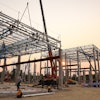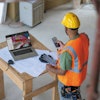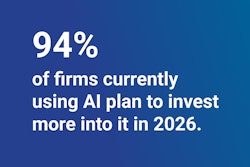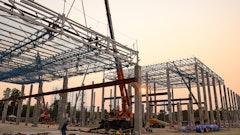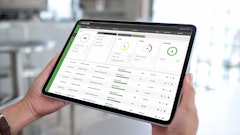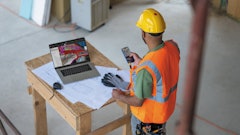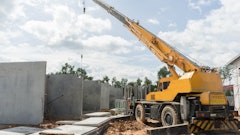
The commercial contracting industry is undergoing a major transformation. While most contractors remain optimistic about growth, many face mounting pressures from labor shortages, aging infrastructure and intensifying competition.
According to The Pivot Point: AI and the Future of Commercial Contracting, a new report by BuildOps and Kickstand based on a survey of more than 600 U.S. and Canadian contractors, 78% are already using or testing artificial intelligence tools. That would have seemed unlikely just a few years ago.
Mounting Industry Pressure
Contractors are grappling with a perfect storm of challenges. The nation’s infrastructure is aging more quickly than it can be repaired, and nearly half of contractors say more than one in five positions remain unfilled. Traditional methods, like simply hiring more people, are no longer enough to meet growing demand or increasingly complex project requirements.
At the same time, competition for bids is tightening, and contractors are facing new expectations.
The Role of AI
For many firms, AI is becoming a lifeline. Contractors are using it for estimating, compliance tracking, jobsite searches and administrative tasks, cutting time and reducing human error. Those most exposed to competitive bidding pressures are using AI to create faster, more accurate proposals.
The biggest obstacle for the 22% who haven’t started using AI isn’t skepticism, but training. The report found that many firms simply lack knowledge of how to implement and apply these tools the right way.
A Growing Divide
Contractors using AI see a markedly different future for the industry. They are more optimistic about Gen Z’s impact on the trades, more open to hybrid work and more confident about long-term growth. Those without AI tools often envision a future that mirrors the past.
The Road Ahead
Four in five contractors believe AI will be essential to remain competitive within three years. Many firms are already retraining teams, updating technology infrastructure and revising workflows to adapt.
While most remain confident in their ability to weather change, that optimism is increasingly tied to action. The report suggests a growing divide — between firms that evolve and those that don’t.
To download the complete report, click here.
